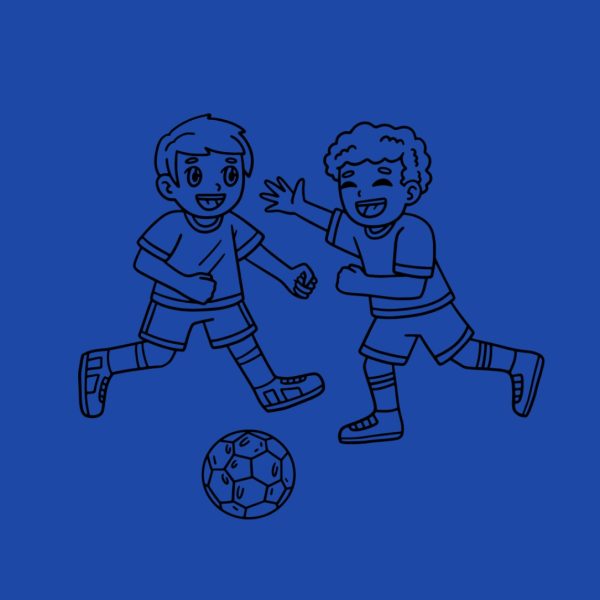Stop and Breath
By Noelle Doblado
As teenagers, the baggage of stress is inevitable. Some days, we wish to gather all our troubles into a suitcase and send them away. Other days, we are the suitcase of worries. One way to combat this is the gift of mindfulness, which research has proven to reduce stress, anxiety, and depression in all ages, but more specifically youth.
What is mindfulness? Mindfulness consists of being in a calm state of mind where one can be present in the moment and acknowledge what they are feeling in order to produce a tranquil life. Mindfulness helps one to achieve a stress-free and more fulfilling life simply by taking a moment to breathe, express gratitude, and understand one’s inner feelings.
The most simple form of mindfulness you can easily practice on a daily basis is breathing. By taking a few moments each day to sit and completely focus on your breathing, it is scientifically proven to help lower the risk of heart disease and boost physical and mental health overall. It is easy to take for granted the ability to breathe, but once we recognize the benefits, we have the power to live a less anxiety-induced existence.
One beneficial breathing exercise is the counting method. First, inhale for five seconds through your nose, hold that breath in for five seconds, then exhale for five seconds out of your mouth. This simple but effective technique can easily clear the mind and additionally reduce physical and mental indicators of stress.
If you look up and examine what is around you, what do you see? Clean water? A home? Family? All these blessings can often be overlooked in our everyday life. The most memorable moments and eye-opening experiences are when our hearts feel complete gratitude. We often focus on the negative aspects of life and in return fail to recognize the power of appreciation. Some ways we can plant seeds of gratitude into our everyday lives can be thanking a loved one, writing down things you are grateful for, and having thoughts of gratitude. Gratitude has proven to develop a happier mood for those who practice expressing gratefulness for the life they are extremely lucky to live.
In the broad spectrum of mindfulness, meditative writing, also known as journaling, is a highly beloved form of mindfulness due to its benefits. By recognizing all that adds up to create personal stress, it is easier to manage your emotions, which at times may feel uncontrollable. One journaling technique you can utilize consists of three sections. First off, you will need to grab a pen and paper and draw four boxes. The first box is where you list your signs of stress. What signs, physical or mental, do you notice happen when you are stressed? In the next box, you will list all your sources. What is the cause of your stress? Is it school? Family or friends? In the last box, list ways you can recognize when you are feeling stressed and what you can do to improve your mood. Is it taking naps? Listening to music? Or simply expressing your feelings to a friend? This exercise allows one to understand where their emotions are igniting from and how to release that energy instead of suppressing it.
It may be difficult to stop and appreciate what is around you or even calm yourself down from a stressful situation, but by adding these concepts into your life, you can manage the weight of being a teenager in today’s world. The power to live a greater life lies within each one of us, but it is up to us to discover this unlocked potential. Today, tell someone how much you love them. Today, tell yourself how much you love yourself. Today, think of something you are grateful for. Today, let yourself breathe.



















